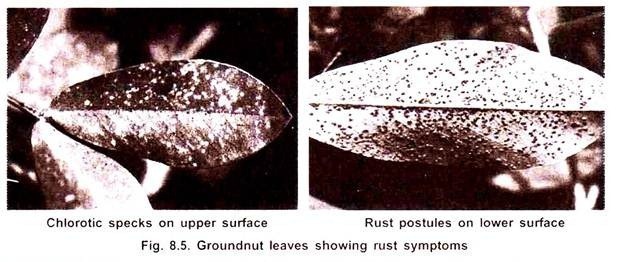ADVERTISEMENTS:
A typical matured seed of angiosperms consists of two parts: 1. Seed Coat 2. Kernel.
1. Seed Coat:
Seed coat is the protective covering of seed, developed from integument of the ovule.
It is made up of two layers:
ADVERTISEMENTS:
i. the outer layer is called testa, which is usually hard and of various appearances (Fig. 2.1), and
ii. the inner layer is called tegmen, which is very thin and papery.
The following structures are present on the testa:
ADVERTISEMENTS:
At one end of the testa, there is a scar, called hilum. The hilum is the position of attachment of seed with its stalk, the funiculus. Near the hilum a small opening is present, called micropyle, through which water enters the seed. Sometimes a ridge is present beyond the hilum, opposite the micropyle, it is called raphe. It represents the base of the funiculus which becomes fused with integument.
(The testa are of various natures: It may be tough and leathery in gram (Cicer arietinum) and pea (Pisum sativum) of Fabaceae; hard and horny in castor (Ricinus communis) of Euphorbiaceae; soft and fleshy in gourd (Cucurbita maxima) of Cucurbitaceae.
The colour of the testa is generally brown, but it may also be black in Indian shot (Canna indica) of Cannaceae; red in carb’s eye (Abrus precatorius) of Fabaceae; whitish or yellow in pea (Pisum sativum) of Fabaceae etc. They also vary in appearance, such as smooth in pea, striated in tobacco (Nicotiana tabacum) of Solanaceae; wrinkled in cumin seed (Nigella sativa) of Ranunculaceae etc.).
The tegmen is much thinner than the testa. It may be closely adpressed in gram, remains free in gourd and sometimes it is absent in pea.
2. Kernel:
The inner part of the seed coat is called kernel. It consists either of the embryo only as in exalbuminous seeds (gram) or the embryo enclosed within the endosperm as in albuminous seeds (paddy, wheat etc.) or the embryo with both endosperm and perisperm as in cardamon (Elettaria cardamomum) of Zingiberaceae etc.
A. Embryo:
Embryo is the baby plant, enclosed in a seed.
It consists of two parts:
i. Cotyledon, and
ADVERTISEMENTS:
ii. Tigellum.
i. Cotyledons:
These are the leaves of embryo. There number is either one (monocotyledons) or two (dicotyledons). Sometimes they store food and become fleshy. But in some cases, they do not store food, remain thin and papery. The cotyledons are attached to an axis — the tigellum, and the point of attachment is called cotyledonary node.
ii. Tigellum (axis):
ADVERTISEMENTS:
It is the main axis, of which one end is pointed and protrudes out of the cotyledon, it lies next to the micropyle and is called radicle, i.e., the rudimentary root. The other end of the tigellum is the plumule, the first apical bud of shoot (Fig. 2.3E). In mono- cotyledonous seeds, both radicle and plumule remain covered by protective sheaths, known as coleorhiza and coleoptile, respectively.
The portion of axis above the point of attachment of cotyledon is called epicotyl and its lower portion is called hypocotyl (Fig. 2.3E).
B. Endosperm:
ADVERTISEMENTS:
Endosperm is the food- reservoir of seed. It may be starchy in wheat (Triticum aestivum), oily in mustard (Brassica nigra) and proteinaceous in pulses (Cicer arietinum).
C. Perisperm:
It is the remnant of nucellus of ovule and is also nutritive in function.

